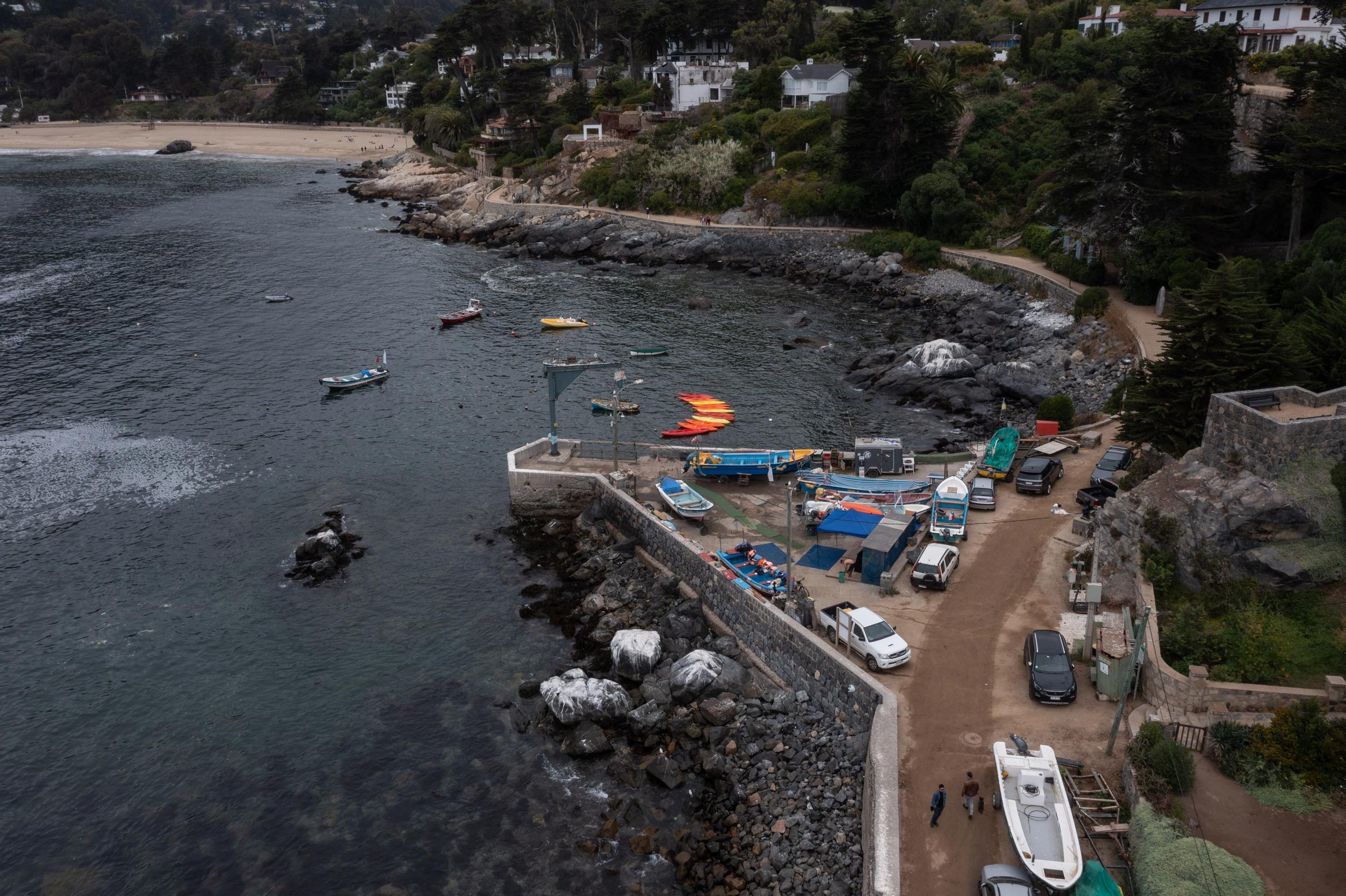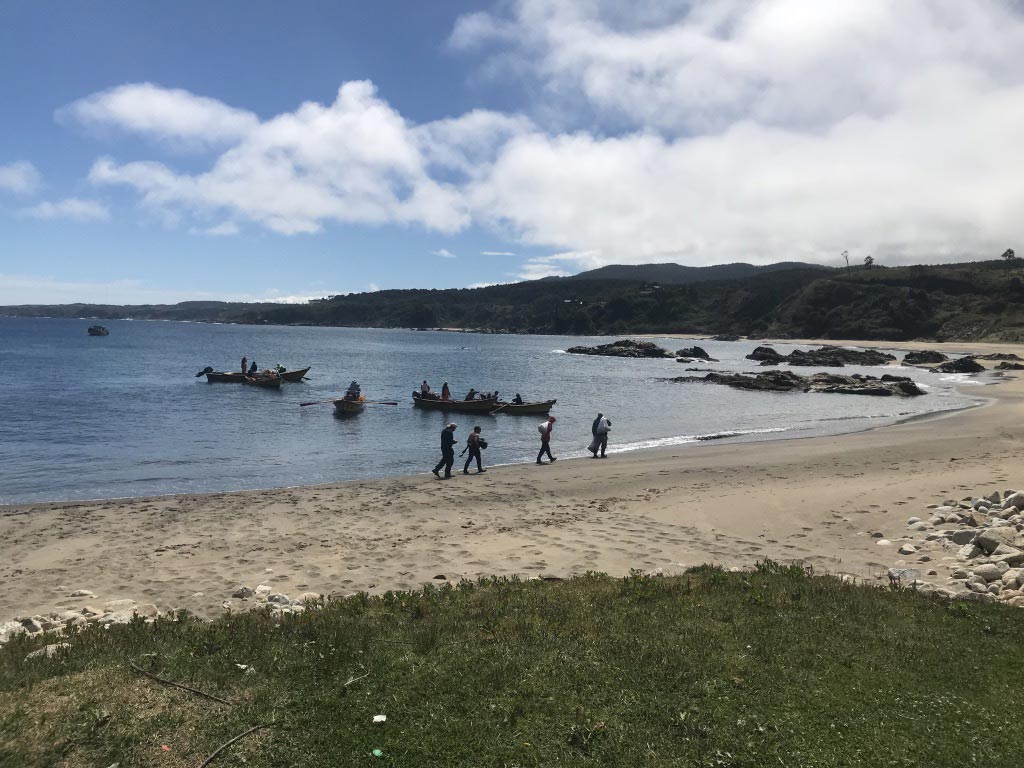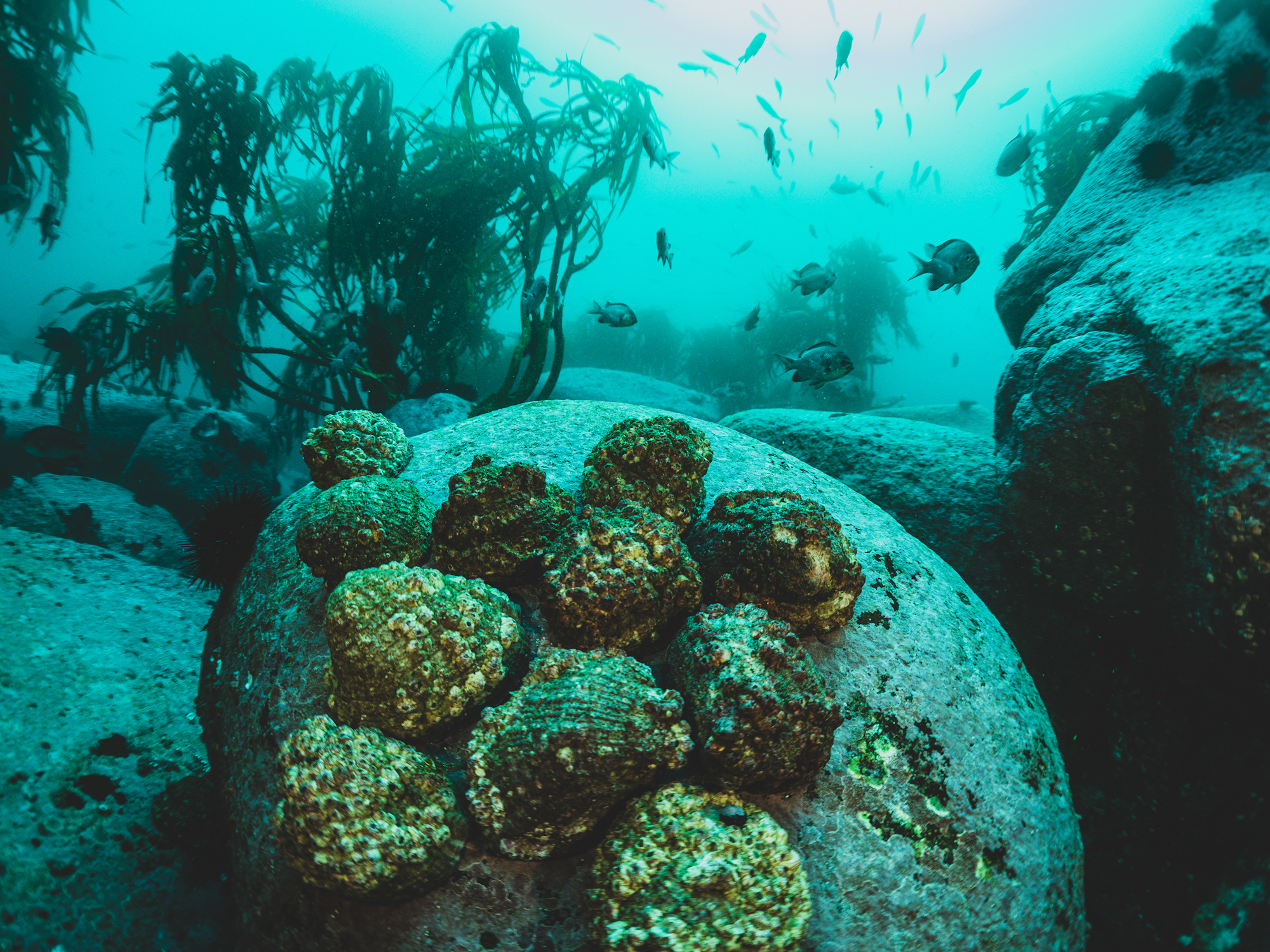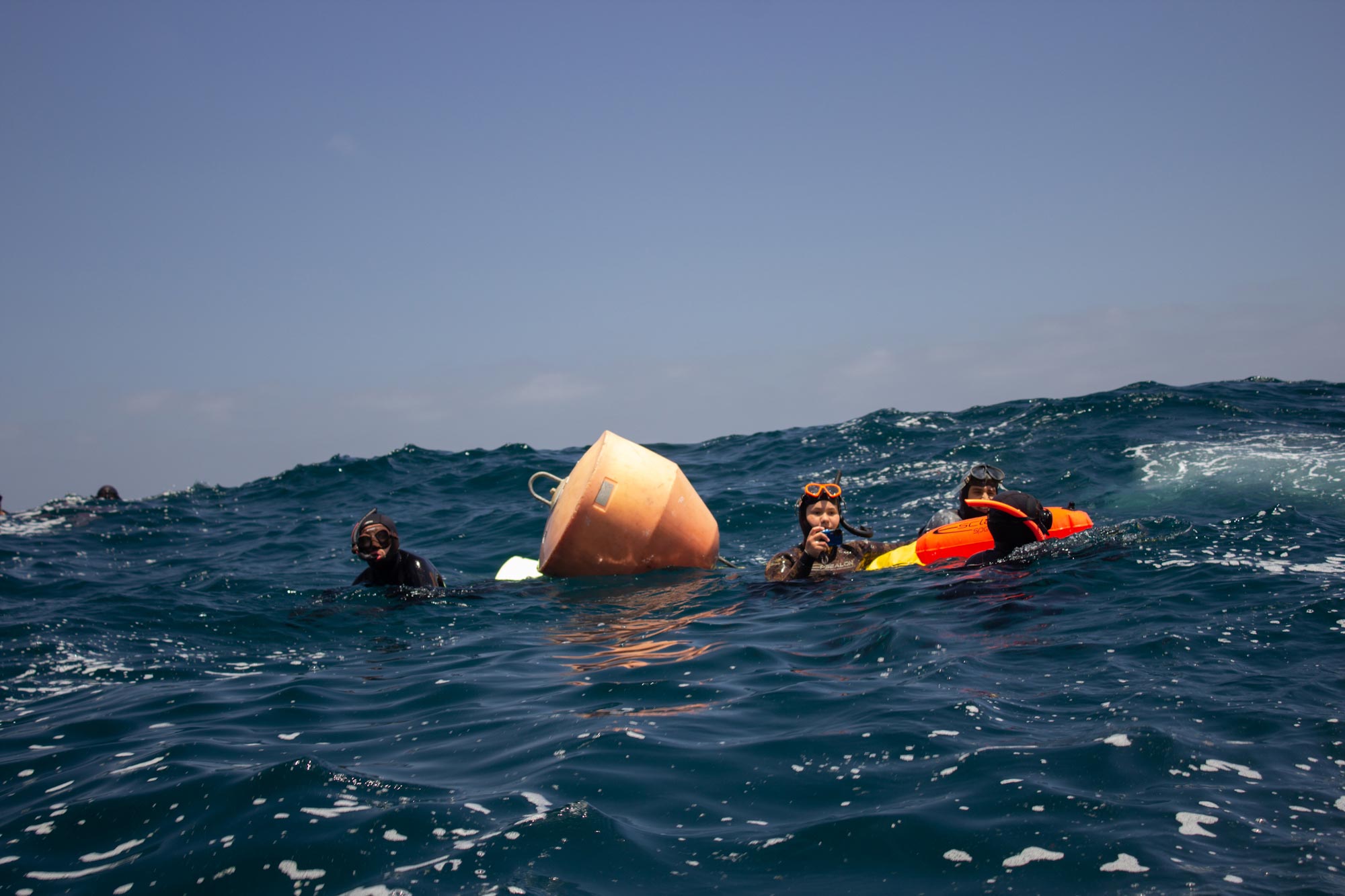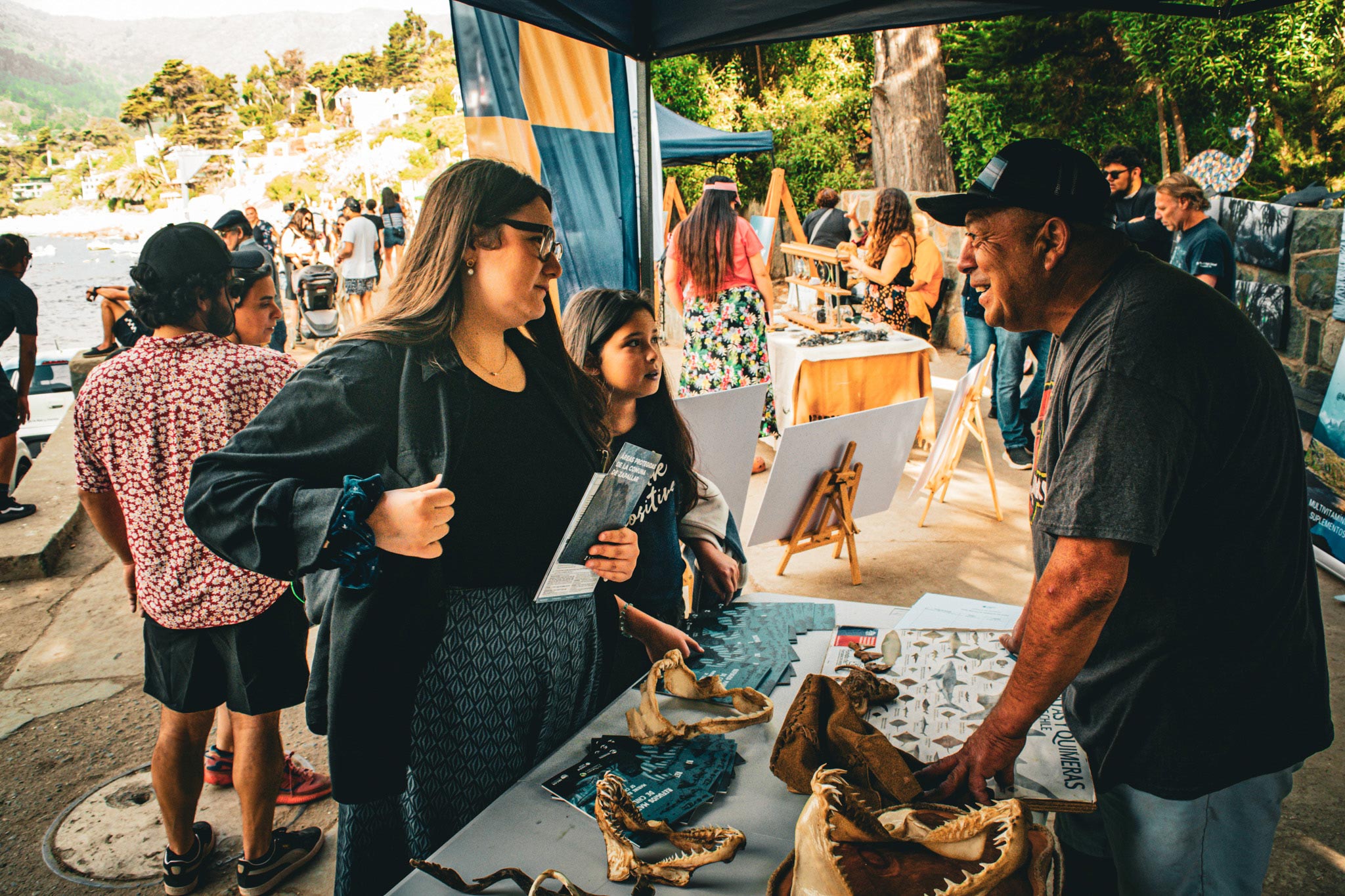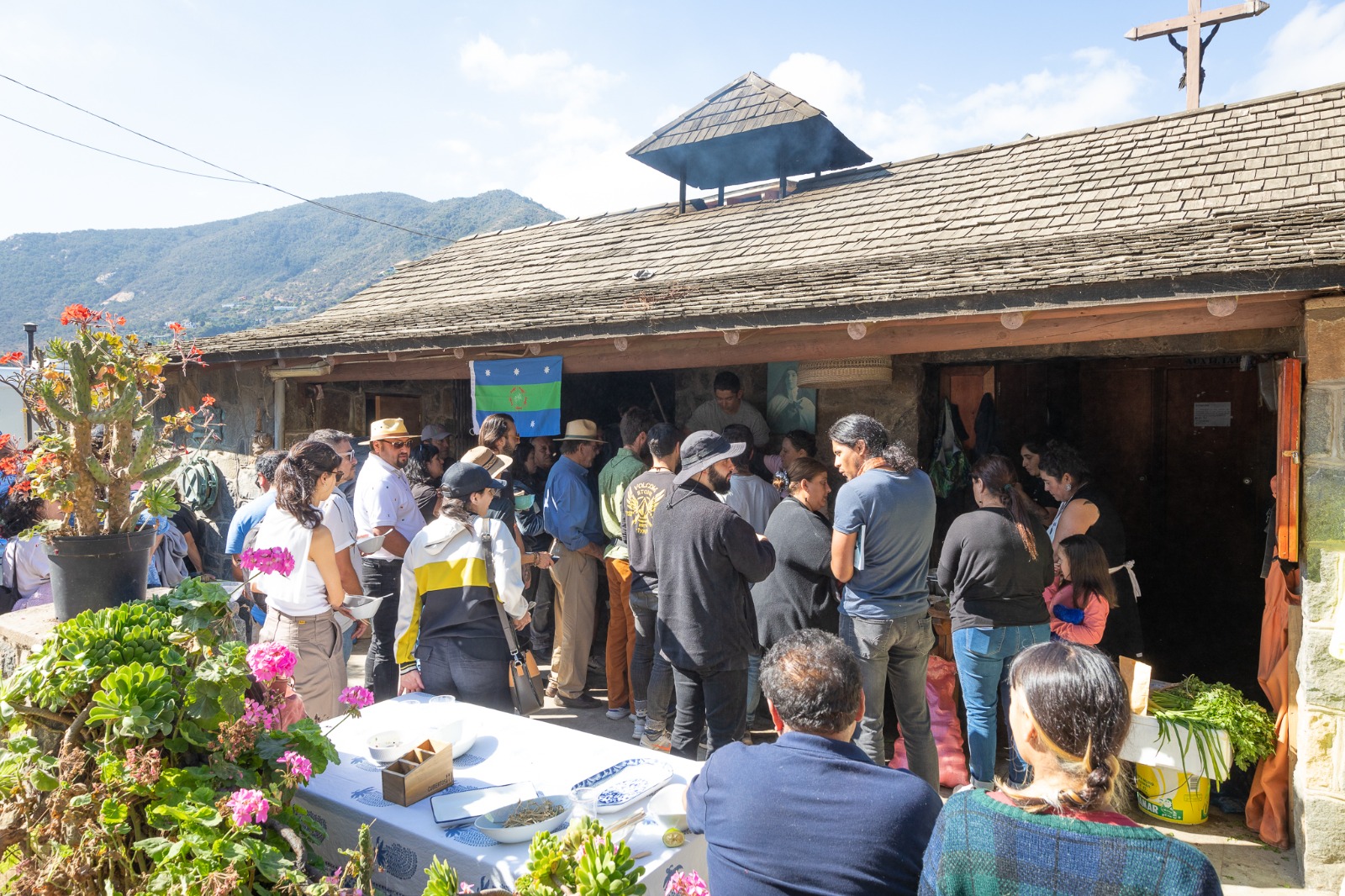In spite of being one of the richest marine ecosystems on the planet, the abundance of fish that is characteristic to the Humboldt current is not the same. This is palpable not only to the major fisheries that have turned Chile’s and Peru’s seas into the most productive fishing areas in the world, but also on a coastal level.
When talking to artisanal fishers, from time to time stories emerge about coastal fish that, until recently, proliferated in the waters of the Territorial User Rights for Fisheries (TURF or AMERB, as abbreviated in Spanish) of the coast of central Chile. Emblematic species such as the Mulatto (Graus nigra, in Chile known as Mulata or Vieja), Darwin’s sheephead (in Chile known as Pejeperro) and the locally known as Acha (Medialuna ancietae) have been noticeably declining in their populations and today seem to find refuge only in the memories of coastal communities.
Scientists have repeatedly raised warnings about the conservation status of this group of rockfish, aware that for at least five decades an artisanal and recreational coastal fishery has been operating without any type of fishing management measures, under an open access regime and without catch restrictions.
For this reason part of team of Capital Azul Foundation was invited a few weeks ago to take part in a workshop organized by The Nature Conservancy (TNC) Chile for the implementation of the FishPath process focused on recreational and commercial coastal fishing. It is a process designed to support fisheries that have little data or are very difficult to manage due to their socio-ecological contexts, as is the case of coastal fisheries, where there is insufficient data to make an assessment of the state of the situation in a traditional way.
The purpose of the workshop was to establish that the assemblage of between 17 and 20 coastal fish species would respond to a similar management measure, considering that the FishPath tool, based on the information available (however scarce it may be), provides the best possible management options within the universality of strategies described in the scientific literature. Experts from different NGOs, academia and public institutions participated in the event.
“Basically what we did was understand that everyone involved agrees that temporary closure is the best strategy today for this set of species, not evaluated as an assemblage but as individual species”, explains Natalio Godoy, scientist of the Ocean Conservation Program of TNC Chile.
The step that comes now is to define more specifically what a temporary closure means, what will, among other aspects, have to determine if a three-month period on the 17-20 species of the assemblage will be considered, or if it will be done by groups of species, to avoid closing the fishery completely, a measure that in the end might be counterproductive..
“Our strategy is that once we have the refined results we can present something more tangible to the community”, stated Godoy, aiming to provide the best information to both users and the institutional framework.
A co-creating model
Natalio Godoy knows the work of Capital Azul closely, and highlights the great value that lies behind an innovative model in Chile for the sustainability of marine-coastal ecosystems. “I feel that it is of fundamental relevance, especially when the TURF-Reserves are established by the communities themselves, and there is no better example than to see the leader of Zapallar very motivated, and not only with his people, but also with society. We have an opportunity to push the institutionality from the base in terms of what care means”, says the marine biologist.
“The TURF-Reserves have become tools to better understand the system, and are co-runned by the communities, which give them enormous value. And the fishes, probably, will respond positively to these kind of measures. This is an interesting process: how a local community is capable of organizing itself and build an innovative model of marine conservation”, adds Godoy.
As of the next steps of the FishPath workshop focused on the recreational and commercial coastal fisheries, the TNC scientist is aware that it is a long-term process that depends on many factors, but expects to have an agreed-upon product and more solid structures for outreach to coastal communities in order to continue moving towards sustainability from now until 2025.



